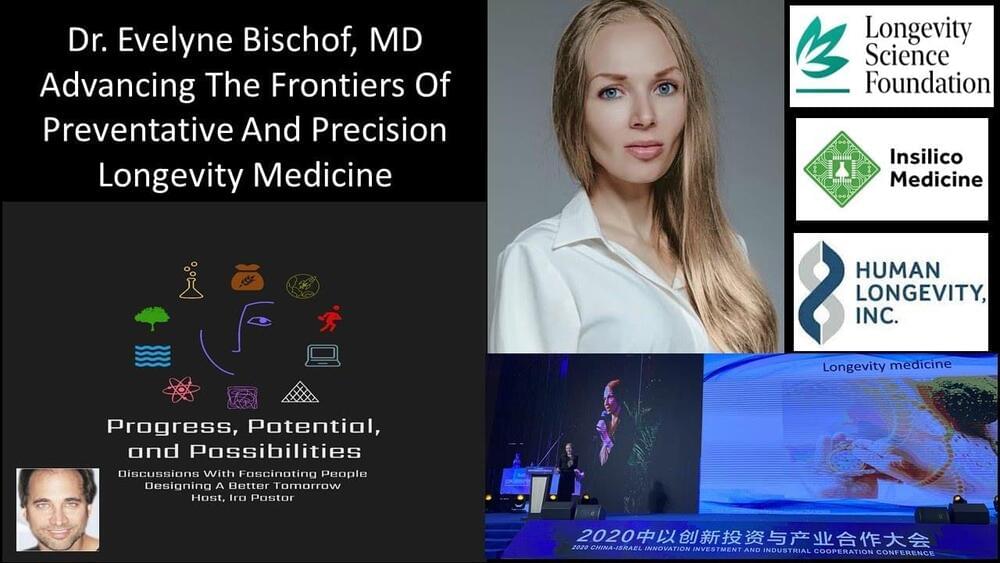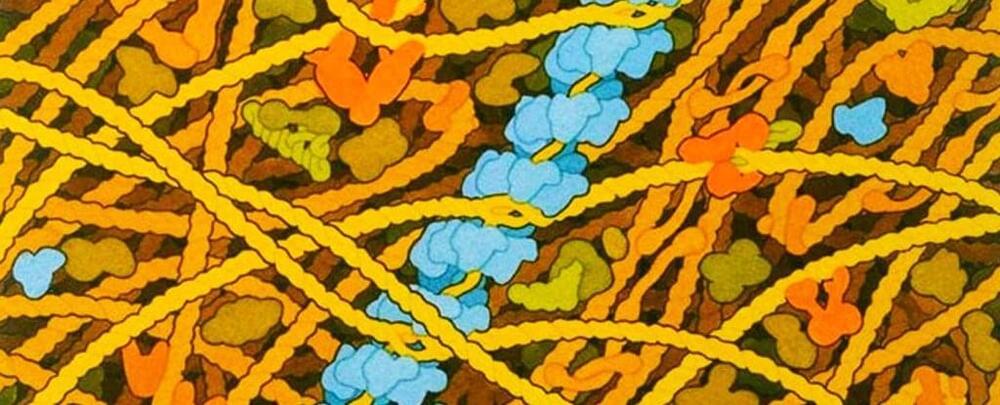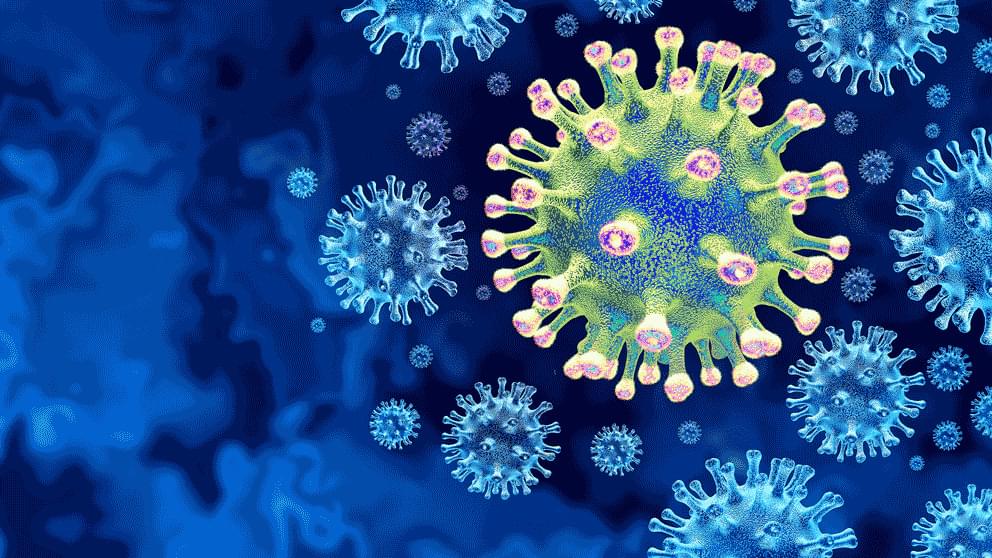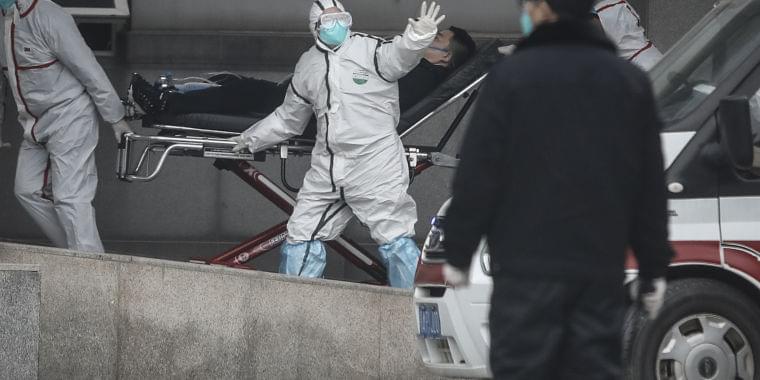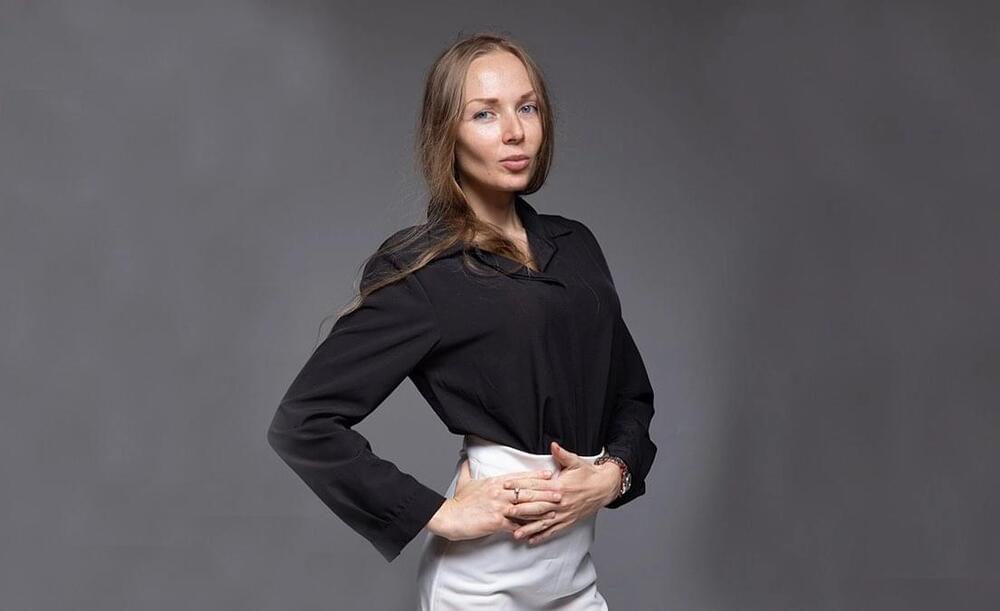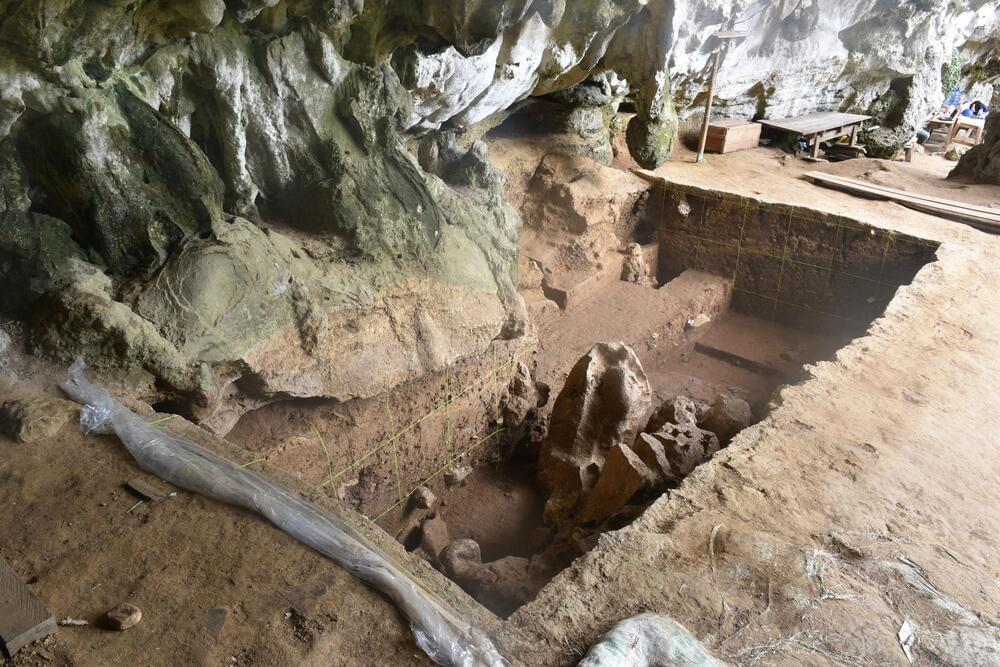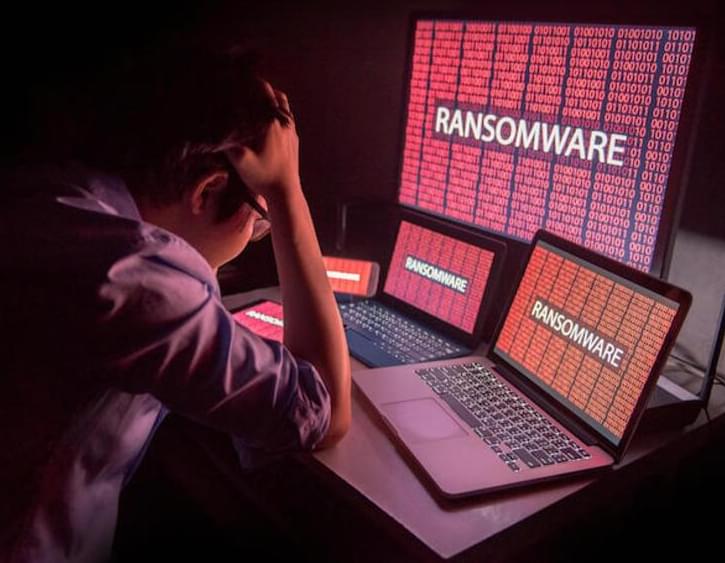(https://www.linkedin.com/in/evelyne-yehudit-bischof/) is an expert in internal medicine and oncology, with a focus on preventative and precision medicine, bio-gerontology, and geronto-oncology.
Dr. Bischof is deeply passionate about next-generation medical technology, and the applications of artificial intelligence for biomedical research and practice.
Dr. Bischof spent a decade practicing medicine and performing translational research in Switzerland, US, and China.
Dr. Bischof is a medical doctor with an MD from Max Planck Institute for Molecular Biology and Genetics, and interned at Columbia University, Harvard MGH, and Beth Israel Medical Deaconess.
Dr. Bischof is the author of over 40 peer-reviewed papers and is a frequent speaker at scientific and medical conferences.
Dr. Bischof serves as Assistant Professor — Shanghai University of Medicine and Health Sciences; Associate Faculty Shanghai Jiao Tong University, and Researcher at University Hospital of Basel.
